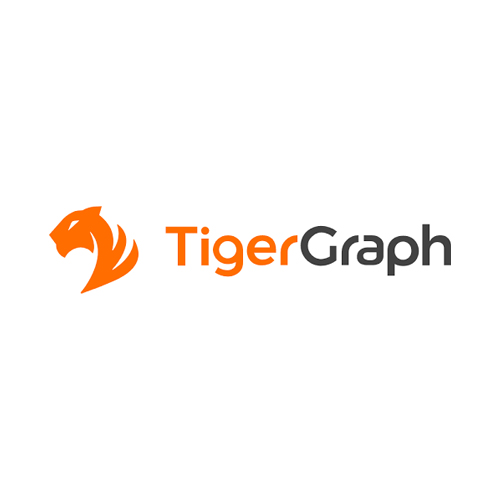
TigerGraph
TigerGraph complements organisations existing application stacks and architecture in their efforts to detect and prevent fraud. Four of the five world’s largest banks and 2 of the 4 largest insurers use TigerGraph to better combat fraud with deep double-digit uplifts in both fraud detection and false positives reduction.
Fraud Solution Profile
Fraudsters are getting more sophisticated over time creating a network of synthetic identities combining legitimate information such as social security or national id number, name, phone number and physical address. Each individual fraudster account looks and behaves much like a legitimate account, making detection much harder with traditional fraud detection solutions. Detecting fraud requires going beyond individual account behavior, analysing relationships among groups of accounts or entities over time often combining information from third party sources. Traditional fraud solutions built on relational databases were not designed to address this challenge
Fortunately banks have a powerful weapon in the war against fraud: graph analytics. Advanced analytics in graph databases can uncover suspicious patterns of online payment activity in ways that other approaches cannot – helping to stop fraud before it can be committed.
Gartner has identified graph analytics as one of the ten data and analytics technology trends that can transform businesses. It predicted the sector will grow by 100% annually through 2022 “due to the need to ask complex questions across complex data, which is not always practical or even possible at scale using SQL queries”.
It’s no surprise, then, that companies like China UnionPay, the largest payment card provider in the world, are investing in graph analytics, along with four of the five top global banks in the world.
Graph techniques can analyse thousands of customer data points – and the crucial relationships between them – to deliver fraud alert scores in real time. Graph can be used for fighting financial fraud by analysing the links between people, phones, and bank accounts (among other things) to reveal indicators of fraudulent behaviour, not only helping banks pinpoint suspicious activity in a sea of data but also giving them the tools to explain what’s going on.
A key feature of graph is its ability to perform at speed, especially compared to relational database solutions such as SQL. Banks have been doing fraud detection for years, but one of the things that graph brings to the party – apart from depth of analysis – is speed. While SQL depends on bulky table joins, graph is less memory intensive and able to handle a greater query load.
Fraud detection is time sensitive. Every passing minute, hour and day that fraud goes undetected results in increasing losses for your organization as well as for your customers or citizens. TigerGraph is purpose-built for real-time fraud detection to address this challenge
Four of the five world’s largest banks
2 of the 4 largest insurers
Financial Services, Insurance
Fraud Platform
Advertisement or Affiliate Fraud, Account Takeover, KYC & AML, Loyalty or Promo Abuse, New Account Fraud, Payment Fraud, Synthetic Identity Fraud
Machine Learning, Rules Engine
